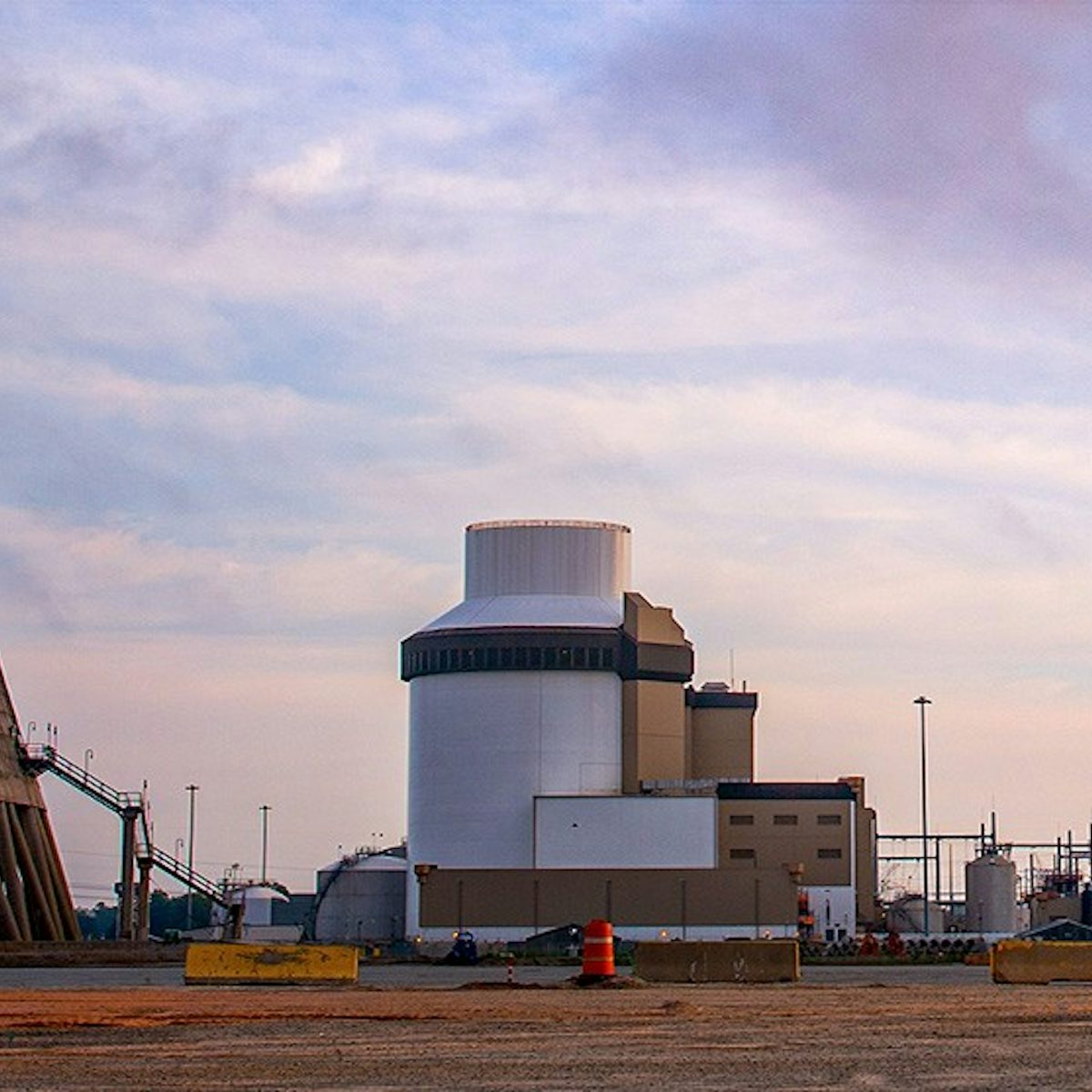US nuclear capacity has the potential to triple from about 100 GW in 2024 to about 300 GW by 2050 with a widespread surge in electricity demand after decades of stasis increasing the need for and interest in nuclear, a report by the US Department of Energy says.
According to the report, Pathways to Commercial Liftoff: Advanced Nuclear, much of this load growth is being driven by artificial intelligence (AI) and data centres with a particular need for carbon-free 24/7 generation concentrated in a limited footprint.
This provides a set of customers who are “willing and able to support investment in new nuclear generation assets”, the report says.
Combined with incentives in the Inflation Reduction Act, which created new incentives for the generation of electricity from nuclear power plants, this demand has created “a step change” in the valuation of the existing fleet and new reactors.
“In 2022, utilities were shutting down nuclear reactors; in 2024, they are extending reactor operations to 80 years, planning to uprate capacity, and restarting formerly closed reactors,” the report says.
But it warns that a committed orderbook of 5-10 deployments of at least one reactor design is the first essential step for catalysing commercial liftoff of advanced designs.
“These 5-10 reactors should be of the same design as construction costs are largely expected to decrease based on repeat building and learning by doing,” it says.
The report says tripling nuclear capacity by 2050 likely will require both Generation III+ and Generation IV advanced nuclear reactor designs.
Gen III+ reactors are evolutions of the existing US operating fleet. They use water as a coolant, use low-enriched uranium as fuel and have passive safety systems.
Generation IV reactors will use non-water coolants and fuel that are not currently used by the US fleet and will offer multiple advantages, including expanded use cases such as high temperature heat for industrial applications.
Advanced nuclear includes a range of “proven and innovative” technologies and includes three size categories – large, small, and micro.
Primary Barrier To Deployment Is Cost
Modelling shows the US will need at least 700-900 GW of additional clean firm capacity to reach net-zero and nuclear is seen as one of the few proven options that could deliver this at scale.
The primary barrier to committing to new nuclear projects is cost, or cost overrun risk. Measures including sharing costs to lower barriers to entry, either among private sector companies or with the government, and ensuring on-budget delivery through improved cost estimating and implementing best practices, can help to overcome this, the report finds.
The report says nuclear does not displace or compete with renewables. Decarbonisation will require both new nuclear and renewable capacity.
“Including nuclear and other clean firm resources reduces the cost of decarbonisation by reducing the need for additional variable generation capacity, energy storage, and transmission,” the report says.
The existing US fleet of 94 nuclear reactors at 54 sites provides about 20% of US electricity generation and almost half of domestic carbon-free electricity.
Investing in subsequent licence renewals is essential for maintaining the existing fleet: of the 94 operating US reactors, 84 have licences that will expire before 2050 and 24 have licences that will expire before 2035, the report says.
Power uprates totalling about 2-8 GW could add near-term capacity to existing reactors.


